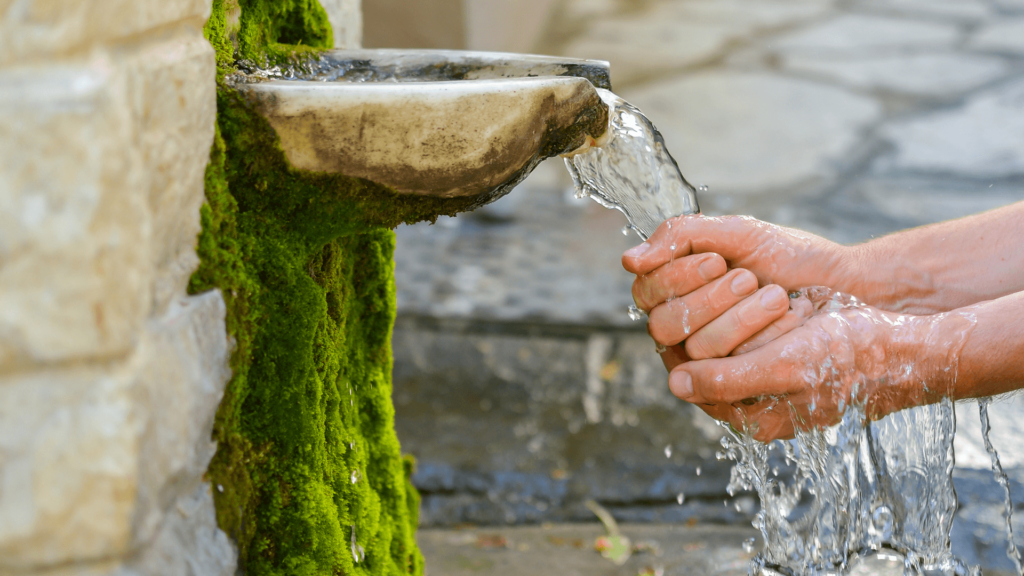Direct Potable Reuse (DPR) is a water treatment method that involves purifying recycled water and integrating it with raw or treated water to create potable water for human consumption.
Direct Potable Reuse Water is a relatively new technology that we can only come across on a limited scale in a few locations in the United States. According to the Water Reuse Association’s status report, there are 7 DPR projects in operation or planned. One of these projects is the Big Spring plant, owned by the Colorado River Municipal Water District. The plant, valued at $14 million, has been functional since 2013 and produces about 1.5 million gallons of reclaimed water daily.

Planned DPR examples (Source: US EPA)
The water treatment process at the Big Spring plant includes microfiltration, reverse osmosis, and ultraviolet purification. The treated water is mixed with local lake water at 50:50 and then pumped into the raw water pipeline. From there, the water goes through five water treatment plants before finally reaching the consumer.
The El Paso (Texas) Advanced Water Treatment Plant became operational in 2020. This is a facility where treated water goes directly to the consumer after treatment. The plant produces up to 10 million gallons of water daily. It uses advanced treatment technologies, such as reverse osmosis, to purify wastewater to drinking water standards.
The water treatment process at the El Paso plant consists of passing the water through a membrane bioreactor, a reverse osmosis system, and an ultraviolet purification system. Chlorine and granular activated carbon, ultrafiltration, and extra UV purification treat the water stored in a specially designed container.

Another DPR project is Cloudcroft, New Mexico. The project was initiated in 2009 to address the fluctuations in demand but has faced several challenges due to construction issues that have significantly delayed work.
Although there are no federal rules regarding direct potable water reuse, some states have their own requirements. California, North Carolina, Arizona, Oregon, Nevada, and Texas had policies and regulations to address DPR. However, DPR facilities in the US are evaluated on a case-by-case basis, as no formal rules govern them.
Developing DPR projects can help address the lack of water and promote sustainable water management practices. Although the DPR technology has been available for decades, the need for more regulations has slowed its implementation. As more states establish rules for DPR, more projects will likely be developed in the US., contributing to the responsible management of the country’s water resources.
Further Reading:
Share: